Chilango (pronounced [tʃiˈlaŋɡo]) is a Mexican slang term given for the natives of Mexico City.
![Chilango (pronounced [tʃiˈlaŋɡo]) is a Mexican slang term given for the natives of Mexico City.](https://musingsdemexico.com/wp-content/uploads/2023/11/IMG_32902-1.jpg)
Mexico City CDMX
México is chock-full of exciting destinations and our bucket list is brimming with them. Gate 1 Travel provided the perfect solution: 12-day “Mayan/Aztec Illumination” tour that featured many of these cities/places, and so we ventured along on their 1,100 mile journey with them and 20 other travelers.
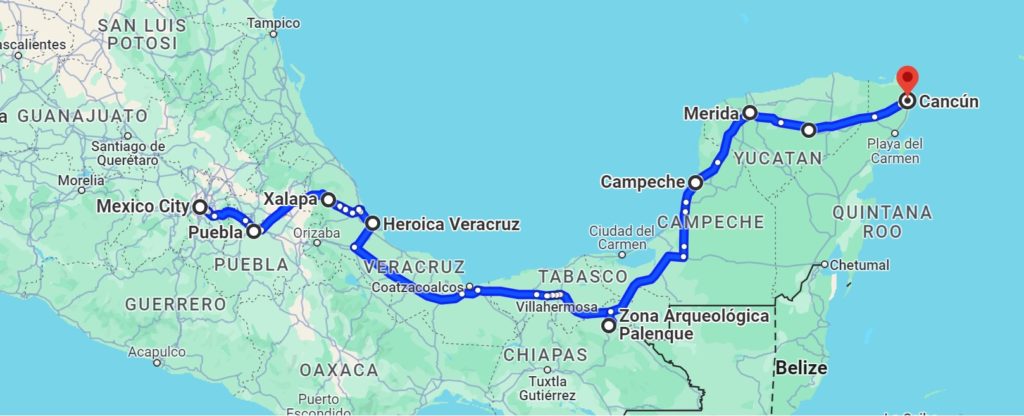
It begins in one of our favorite world cities, Mexico City, and ends at the beach in Cancún on the Yucatán peninsula. As always, arriving in Mexico City International Airport brings back a flood of memories of a scared, excited, and hopeful 11-year-old boy from Habana, Cuba.

Along the way, the only Mayan, Aztec, Toltec and Olmec ruins that we won’t see or visit are the ones that still haven’t been unearthed!
Fortunately for us, our timing for arrival in Mexico City couldn’t have been more perfect – it coincided with the Día de los Muertos holiday in its full, festive and colorful mode. Just outside our hotel’s front door, on the main drag, La Reforma, were incredibly designed and executed giant Alebrijes on display; ready for the big parade the following week.
Alebrijes
Alebrijes are whimsical Mexican folk-art sculptures known for their imaginative and fantastical designs. These sculptures typically depict mythical creatures or a fusion of various animals. See the movie “Coco” that introduced them to the world. The Día de los Muertos holiday become a showcase for them.





There was a magical display of over 200 hundred super-sized, paper-mâché Alebrijes. They lined up on both the north and south pedestrian walkway of the Paseo de la Reforma; between the monumental Diana the Huntress Fountain and the famous column of Nike, the Greek goddess of Victory, known as the Angel of Independence.


Families and kids strolled along in awe and amazement at the colorful Alebrijes and the creative imaginations that built them. They’re lit up at night and during the daytime you can see the details and vivid, bright colors up close.




Alebrijes began to take life through the creativity of Mexican artisans; particularly traced back to the vision of Pedro Linares in the 1930s. He was a craftsman from Mexico City, and claimed to have seen unusual, fantastical creatures in a dream while he was ill. These creatures had vibrant colors, intricate patterns, and were a mix of various animals.
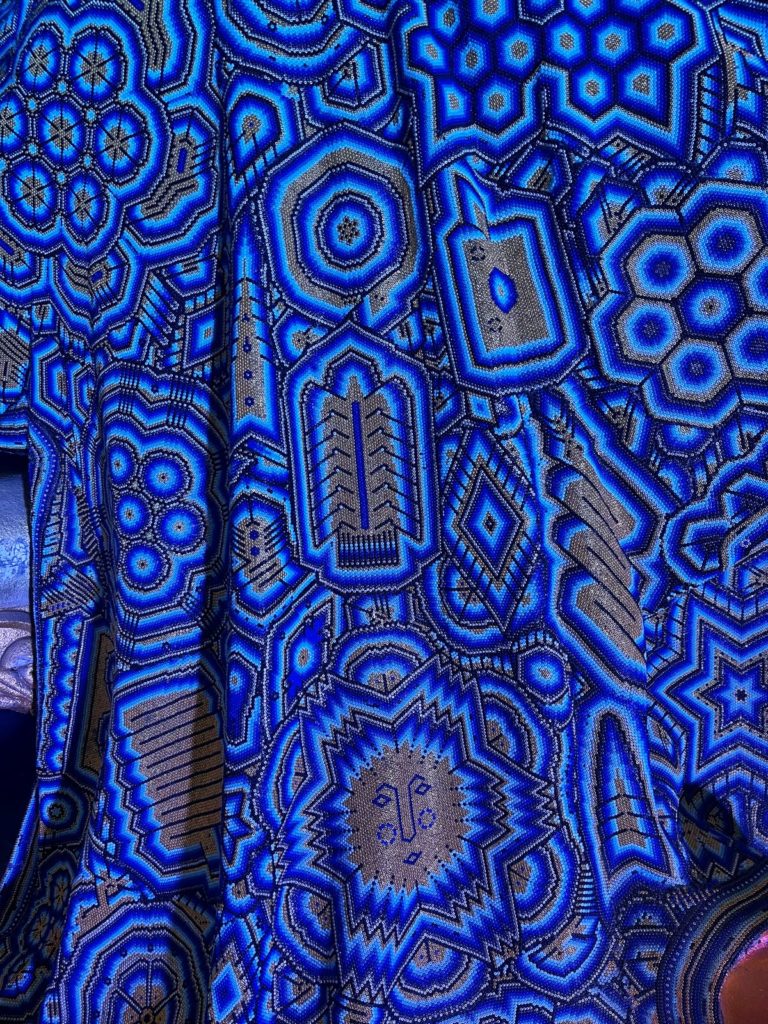
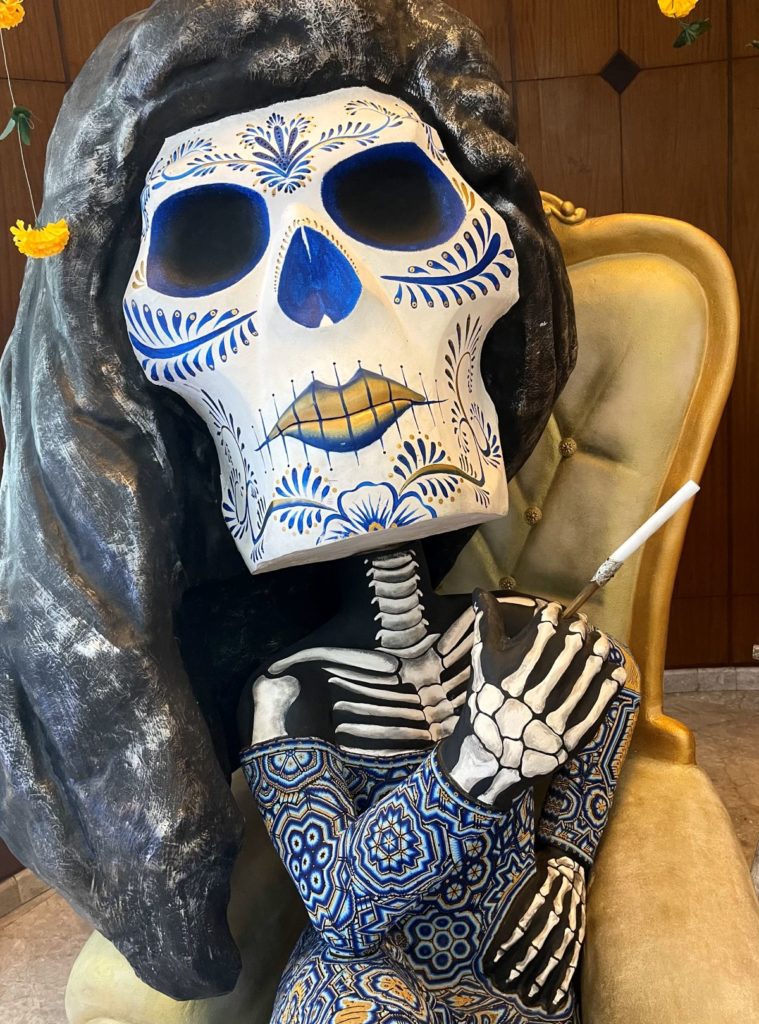


Inspired by his dream, Linares began to craft sculptures resembling these creatures he had envisioned. He used papier-mâché to shape them, calling them “alebrijes.” There’s an entire town in Oaxaca that’s devoted to producing them, San Martín Tilcajete. We traveled there four years ago and visited one of the most famous family workshops there. Disney was particularly inspired by their production in making “Coco” come alive.






Museo Nacional de Antropología
Another favorite in the city is the Museo Nacional de Antropología (National Museum of Anthropology) in Mexico City, considered a world-class institution dedicated to preserving and showcasing Mexico’s rich cultural heritage, particularly in anthropology and archaeology.
I’ve visited this museum several times over the years, but there’s always something new to discover in its labyrinth gallery halls. A Gate 1 tour guide edits and select highlights from the extensive collections.
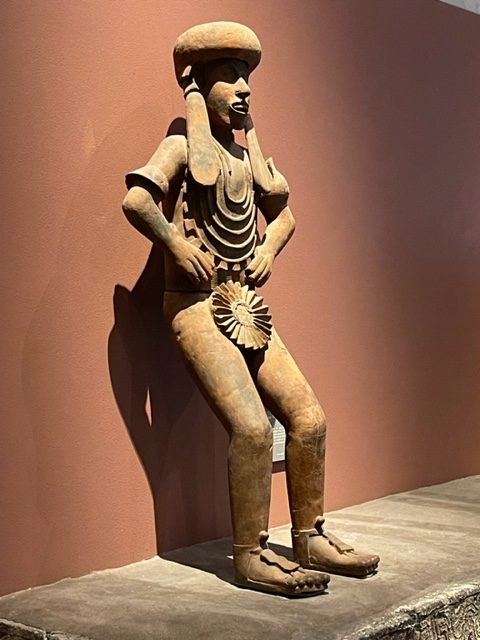


The museum’s collection covers pre-Columbian civilizations and cultures from various regions across Mexico; including colossal stone sculptures, pottery, jewelry, tools, and other treasures from civilizations such as the Aztecs, Mayas, Toltecs, Olmecs, and more.
The museum’s layout is organized into thematic rooms, each dedicated to a specific pre-Hispanic culture, offering comprehensive information and a profound understanding of the diverse ancient civilizations that inhabited what is now México.
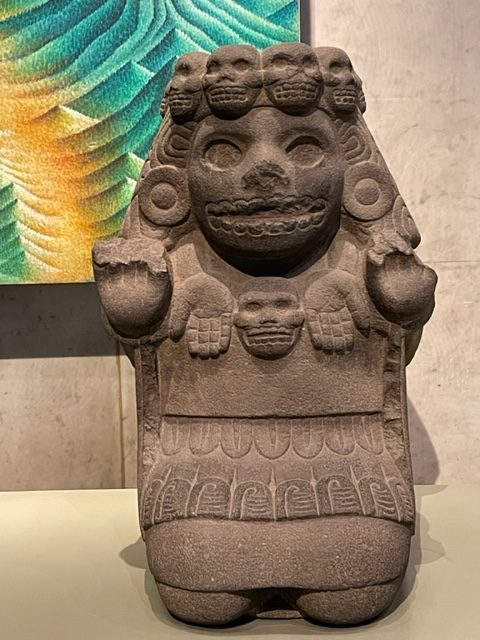




The museum is an essential stop for anyone interested in Mexican history, anthropology, and archaeology. Its comprehensive displays, and beautifully presented artifacts provide a vital resource for understanding the rich, cultural tapestry of that is México.
Xochimilco
Xochimilco is famous for its ancient system of canals, known as “chinampas,” which were artificially created, agricultural fields developed by the Aztecs in ancient times. Today, the Xochimilco canals and chinampas are a UNESCO World Heritage Site, and they remain an important part of Mexico City’s cultural and historical landscape.
The chinampas are small, man-made islands constructed by layering soil and vegetation on a raft of reeds. They were used for farming, enabling the Aztecs to grow crops even in swampy or marshy areas.

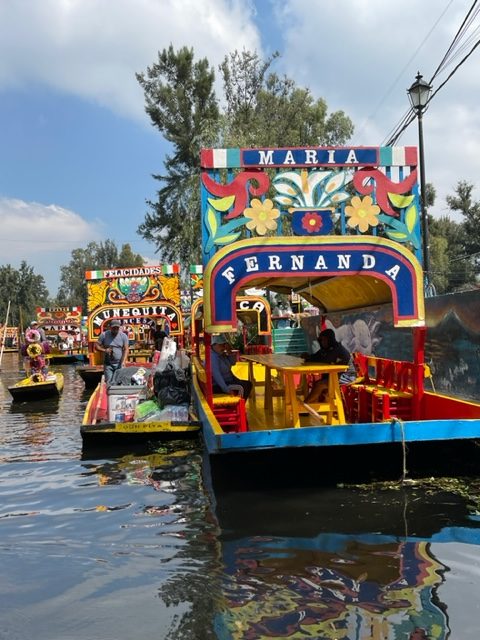
One of the main attractions of Xochimilco are the rainbow-colored trajineras, flat-bottomed boats that navigate the canals. The boats are adorned with vibrant and festive decorations. Picnics are common onboard, along with a stream of vendors selling a variety of products. Mariachi bands are easily hired to serenade you.
Families gather here on weekends and holidays by the thousands to enjoy an idyllic afternoon floating on the water. Typical “405” style traffic jams are created as the trajineras maneuver through the canals, but the strong gondoliers propel their long poles and capably and miraculously bypass one another.
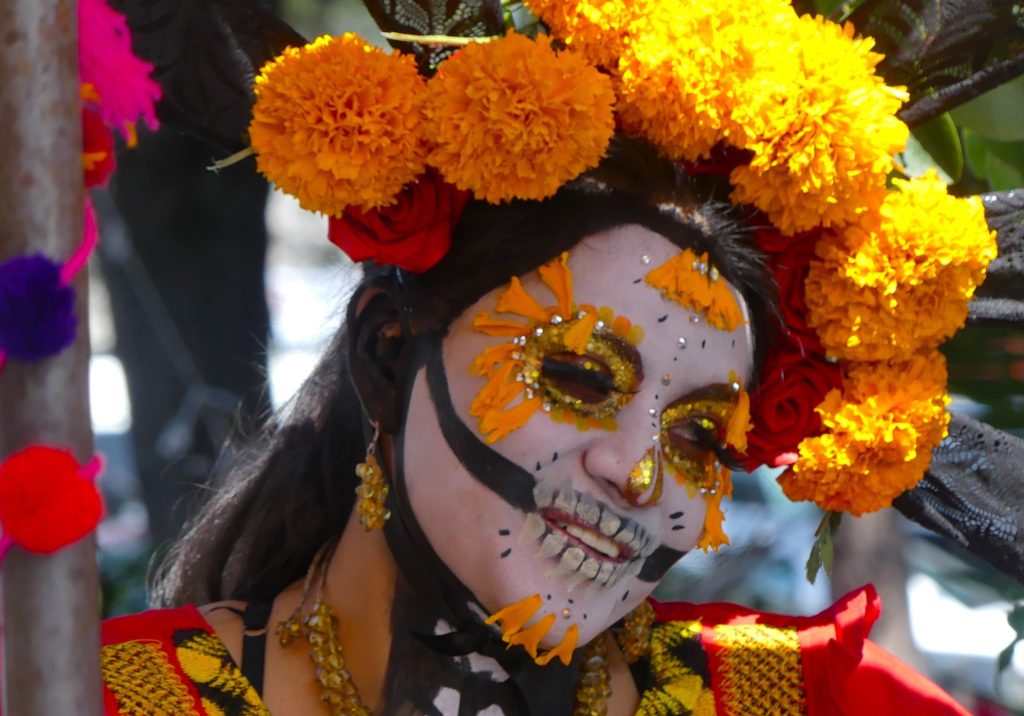

Xochimilco is also known for its lively marketplaces where locals and visitors can buy flowers, fresh produce, traditional Mexican food, and handicrafts. The marketplaces offer a glimpse into local life and provide an opportunity to experience the region’s cultural diversity.
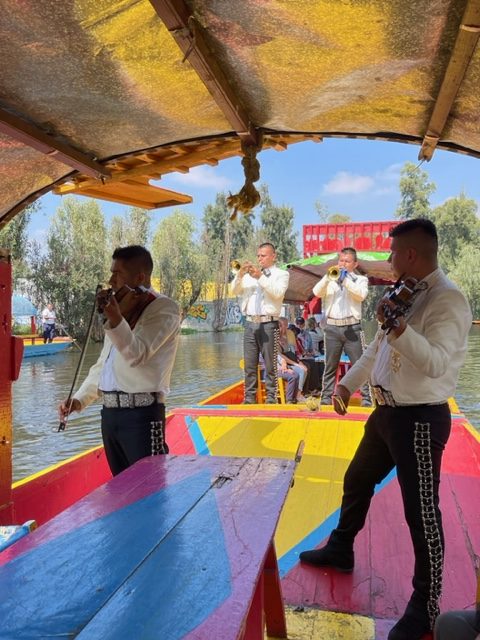

Overall, Xochimilco is a cherished part of Mexico City, and continues to be a popular destination for both locals and tourists seeking a unique and authentic Mexican experience. All-in-all, the cacophony on the canals makes for a wonderful, leisurely time to relax and be happy, escaping the stresses of the nearby metropolis for a few hours.
Basilica of Guadalupe
“La Basilica de Nuestra Señora de Guadalupe” in Spanish, is one of the most significant Catholic pilgrimage sites in México and one of the most visited religious shrines in the world.
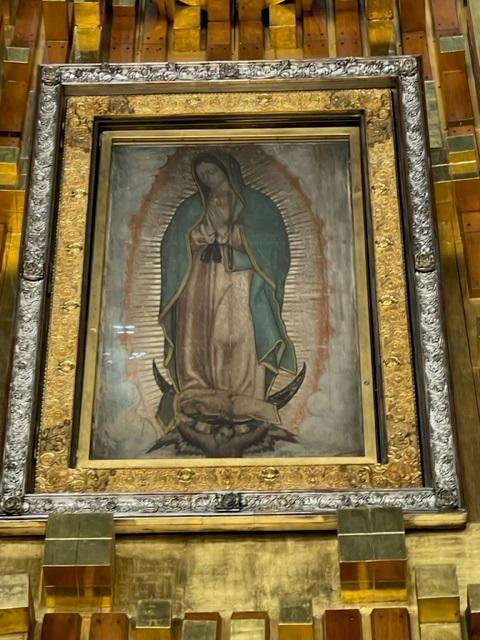
The Basilica is dedicated to the Virgin Mary under her title of Our Lady of Guadalupe, and is an important figure in Mexican Catholicism. The site holds great cultural and religious importance due to the legend of the apparition of the Virgin Mary to an indigenous man named Juan Diego in December 1531.

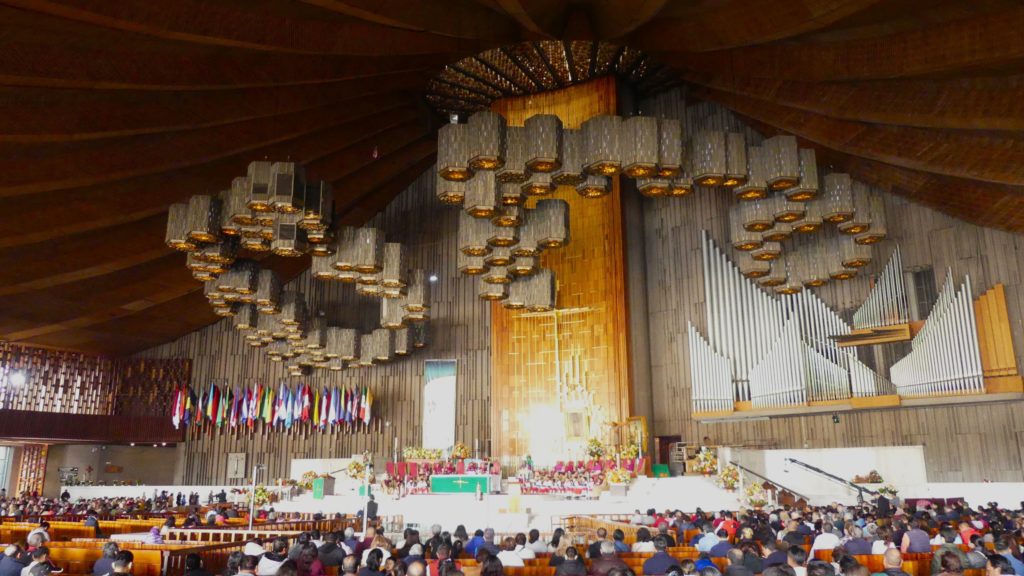
The Basilica draws millions of visitors and pilgrims each year, especially during the annual celebration of the Virgin of Guadalupe on December 12th, which is one of the most important religious holidays in the country.
According to the legend, the Virgin Mary appeared to Juan Diego on the hill of Tepeyac and requested that a church be built in her honor. As proof of her apparition, she imprinted her image on Juan Diego’s cloak (or “tilma” in Spanish), which is now preserved and displayed in the Basilica for all devotees to view and pay their respects to.
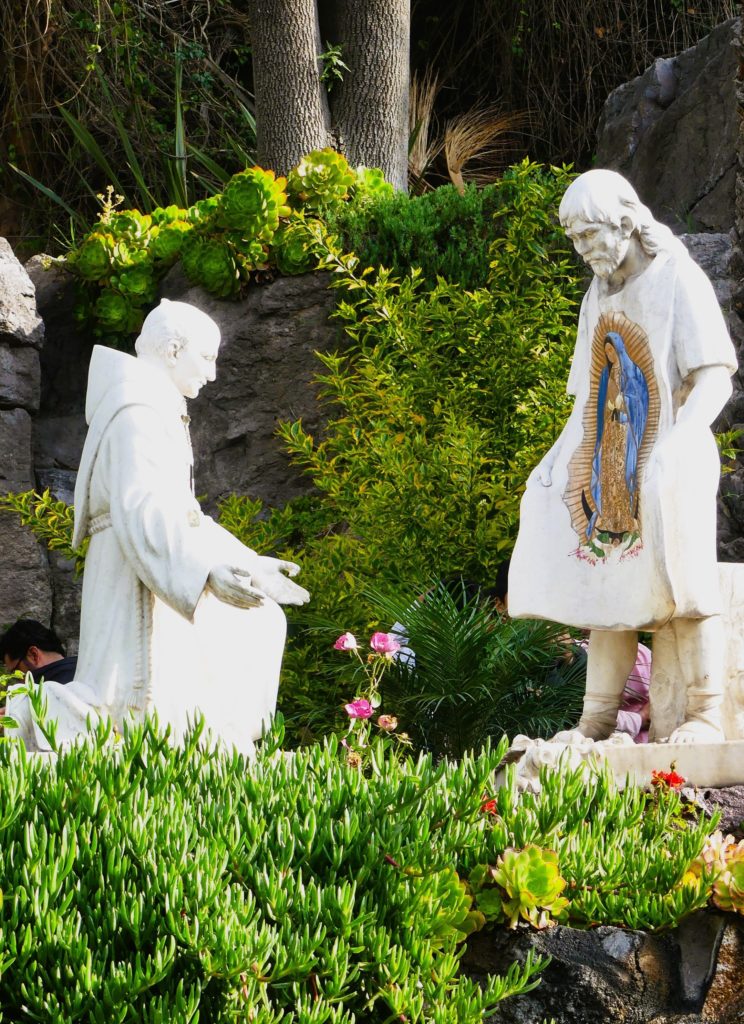
The basilica complex consists of two churches: the original, historic old basilica, constructed in the 16th-century, and the newer basilica, built in the 20th-century, due to the old one’s structural problems – mainly its sinking and leaning problem.
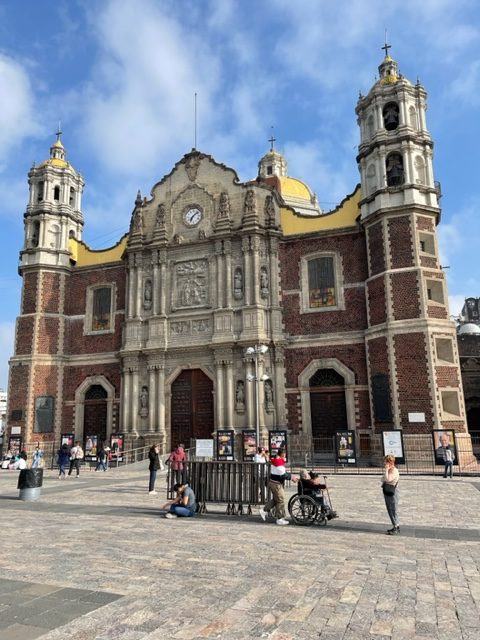

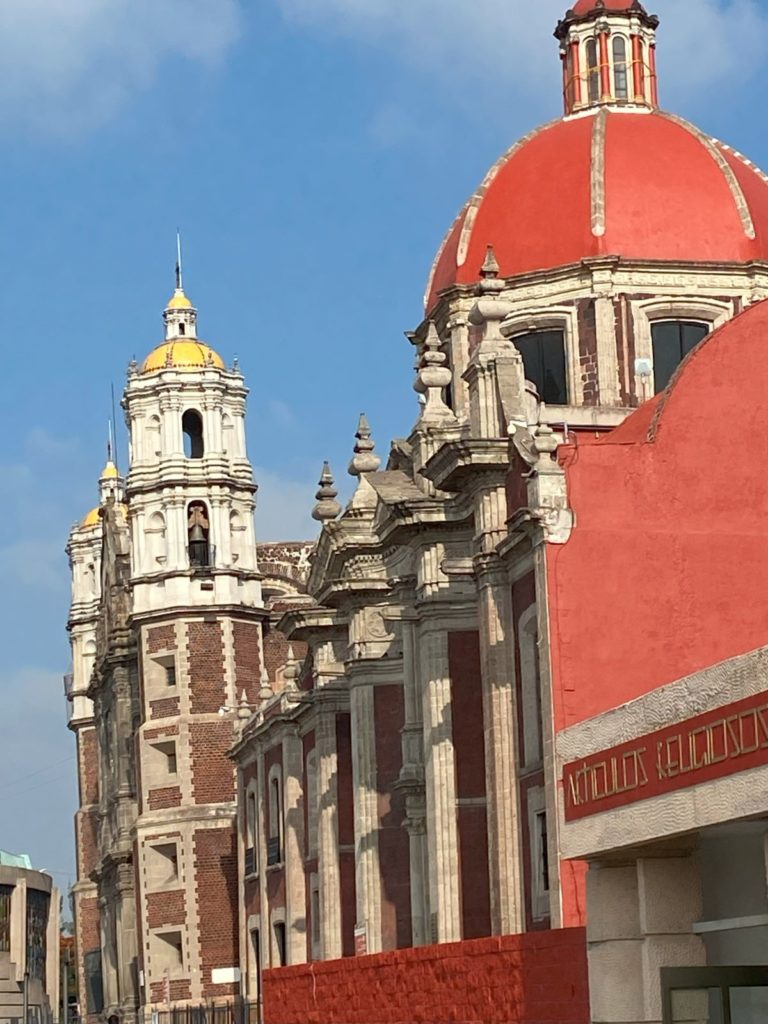
The Basilica of Our Lady of Guadalupe stands as a testament to the blend of Spanish and indigenous cultures, and it holds a revered place in the hearts of Mexican Catholics and the people worldwide who hold a devotion to the Virgin of Guadalupe.
Churros
Churros are one of my favorite street foods in México, or wherever found in the world. They orginated in Spain and are popular in many Latin American countries. They’re made of a thick dough that is piped into long strips and fried until golden and crispy. Then they’re coated with cinnamon and sugar. I can’t pass a street vendor without purchasing these fried, sweet delicacies.

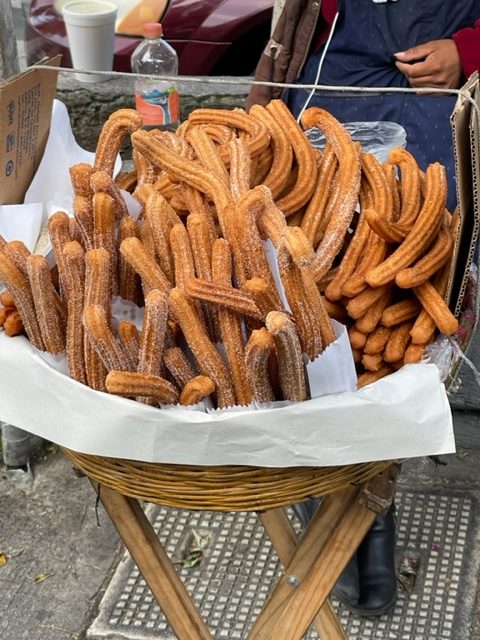
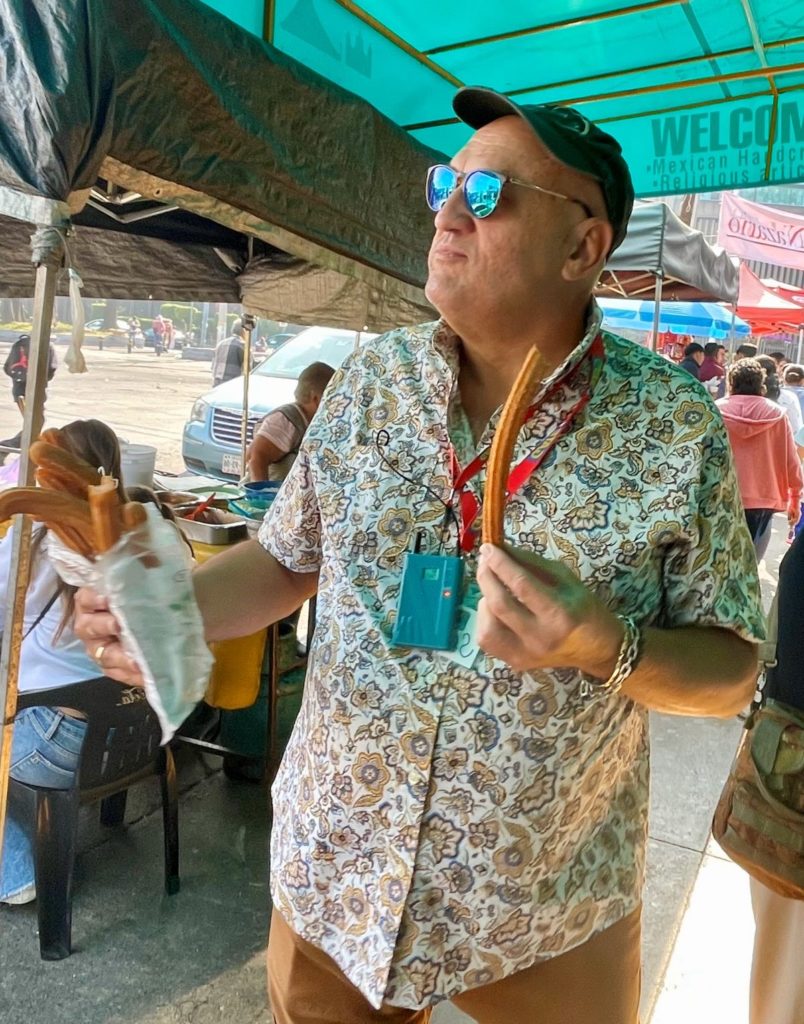
Teotihuacán
Teotihuacán is an ancient Mesoamerican city located about 30 miles northeast of present-day Mexico City. It’s one of the most significant and well-preserved archaeological sites in Mexico, known for its impressive pyramids and architectural ruins.
This is my third visit to this amazingly jaw-dropping site. My first time as an 11-year old, I climbed everything that had any definition of a step. In my 40’s, only climbed the Pyramid of the Moon, and now, climbing any of the pyramids is no longer allowed since Covid. But as I look at them now at this age, “NO WAY, JOSE!” David climbed the Pyramid of the Sun when he came down with me while I was working in Mexico a few years back.
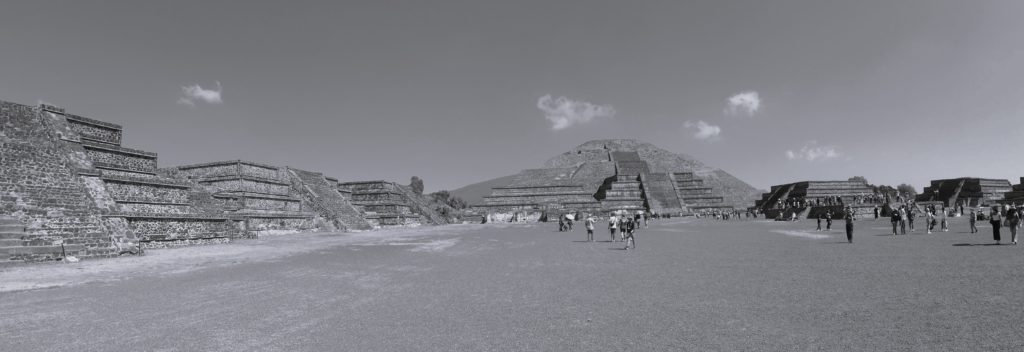
The name Teotihuacán, in Nahuatl, means “the place where the gods were created,” indicating its religious and cultural importance. The city reached its peak between 100 AD and 650 AD and was one of the largest and most influential cities in pre-Columbian Mesoamerica.
Pyramid of the Sun (Pirámide del Sol). This is the largest pyramid at Teotihuacán and one of the largest in Mesoamerica.
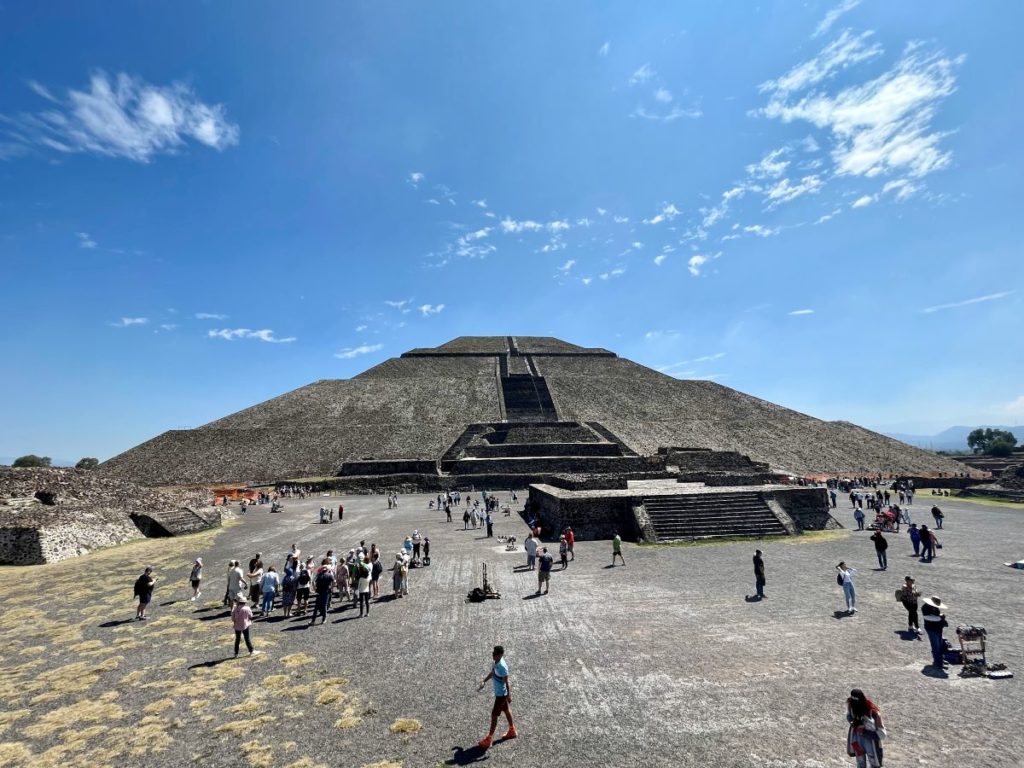
Pyramid of the Moon (Pirámide de la Luna): Situated at the northern end of the Avenue of the Dead, this pyramid is smaller than the Pyramid of the Sun, but still significant. It has a ceremonial and religious significance within the city’s layout.
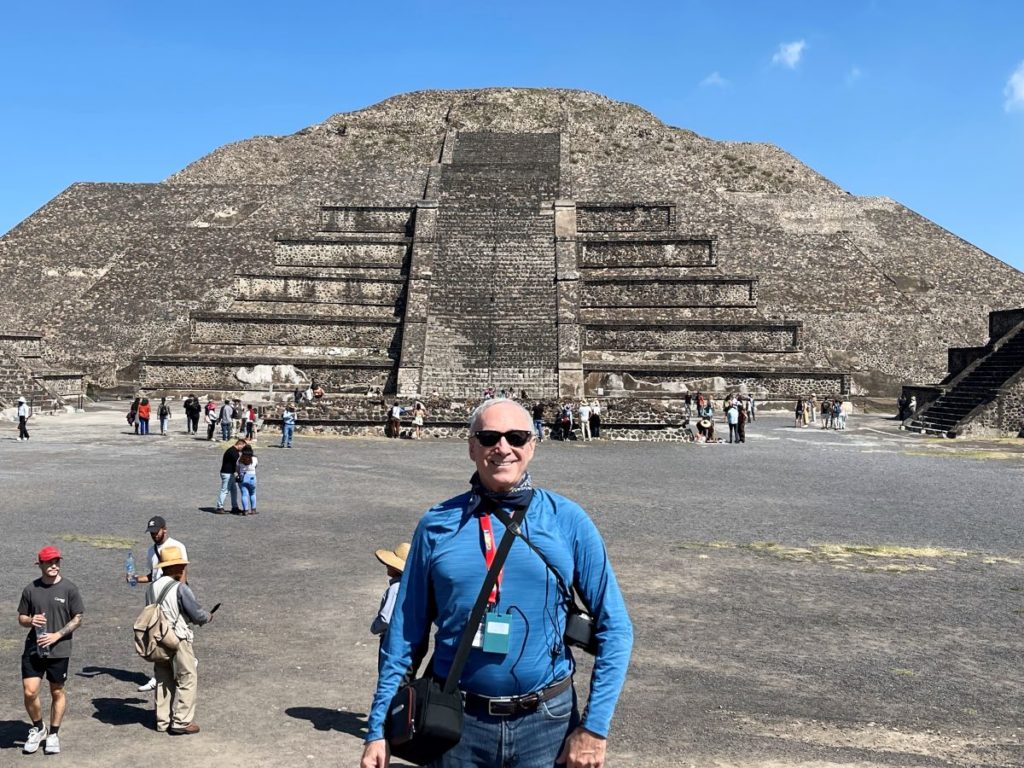
Avenue of the Dead (Calzada de los Muertos). This is the main road that runs through the center of the ancient city, lined with various structures, plazas, and platforms. As our guide led us down the road, we made a stop at a vendor who demonstrated how the Aztecs used local flora and insects to create natural dyes that were used throughout the ancient world. A quick floral painting showed us the incredible ways that red, blue, yellow and green are made. David’s hand was used to show the cochineal red color that the parasitic insect provides living on the prickly pear.
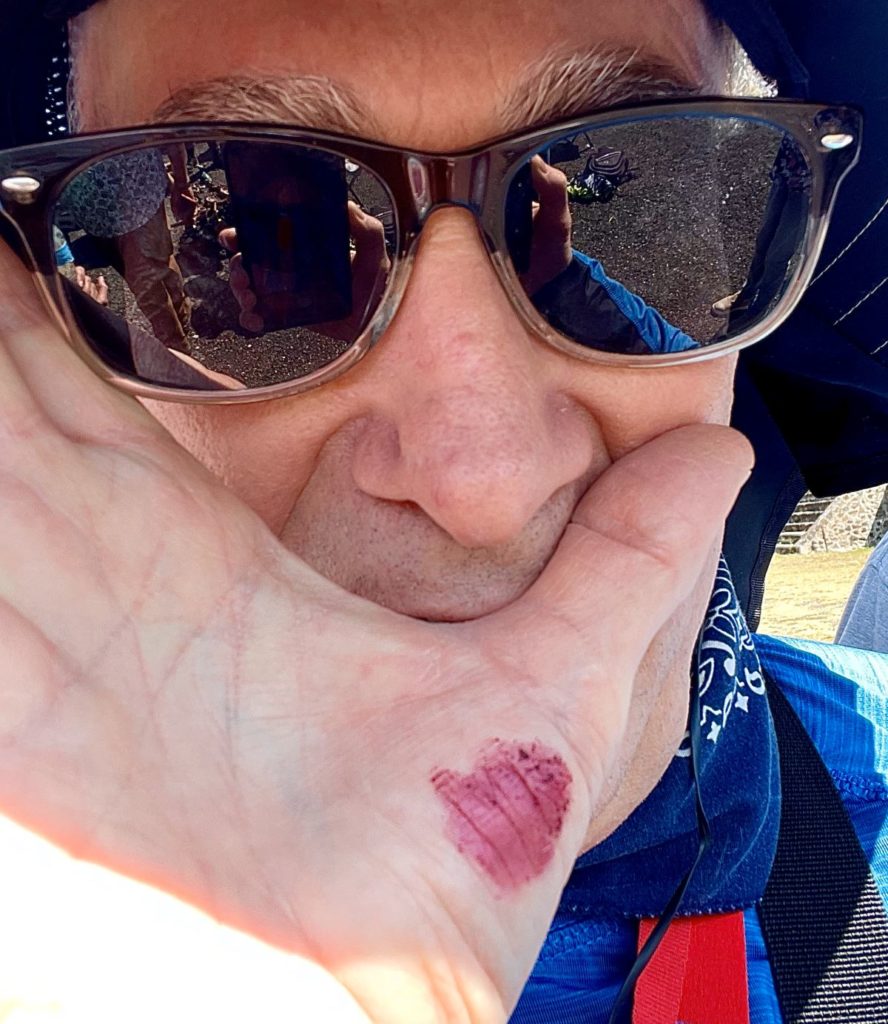
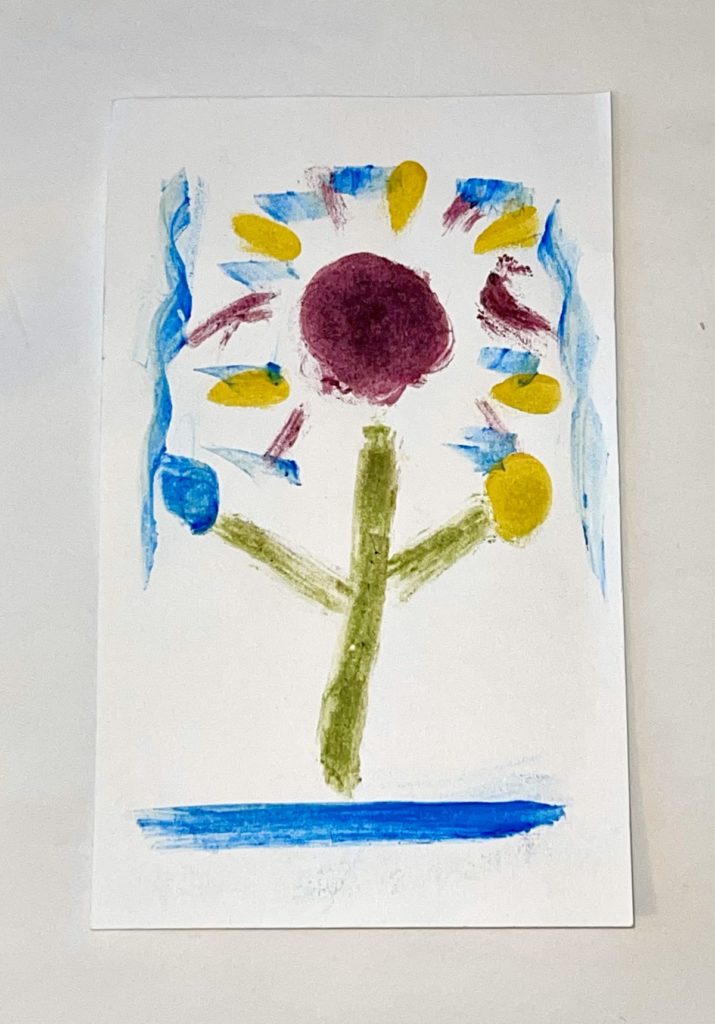
Palace of the Quetzal Butterfly (Palacio de la Mariposa Quetzal). This palace complex is named after murals depicting a butterfly and a quetzal bird, two important symbols in Mesoamerican culture.
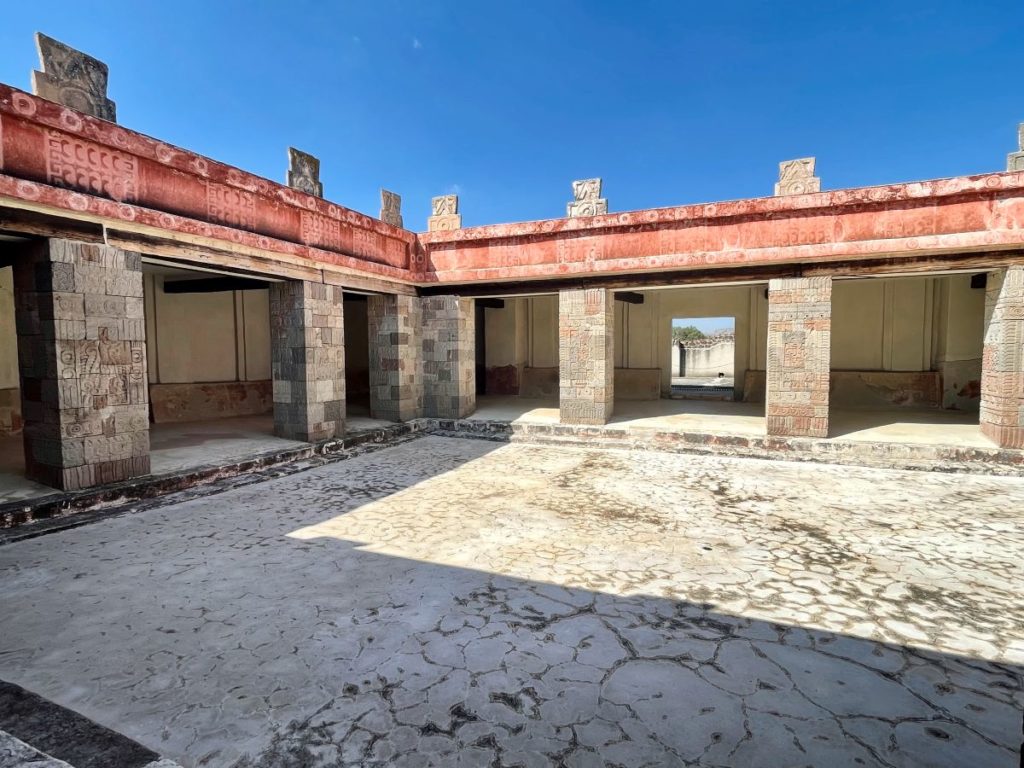
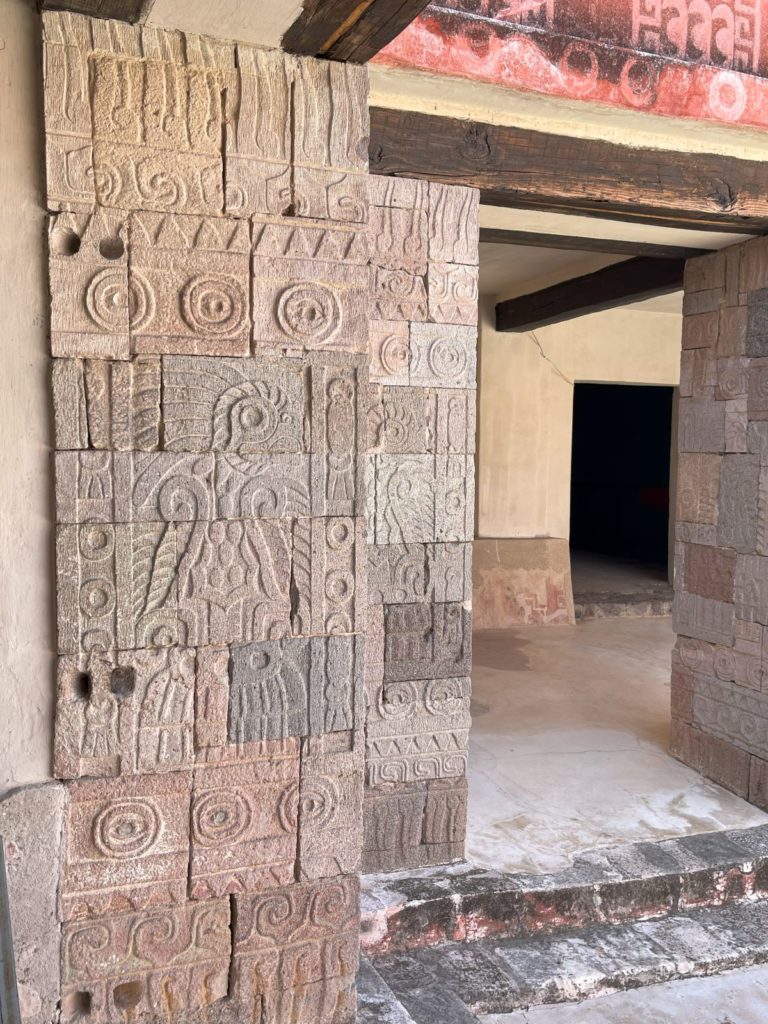
The layout of Teotihuacán reflects its meticulously planned urban design. The city’s structures and the way they align with celestial bodies indicate an advanced understanding of astronomy and urban planning. The civilization that inhabited Teotihuacán had a significant influence on later Mesoamerican cultures, including the Aztecs.
The entire site is a UNESCO World Heritage site. The impressive grandeur of ancient Mesoamerica continues to fascinate and attract visitors from around the world.
El Zócalo
The Zócalo, also known as Plaza de la Constitución, is the main public square in the heart of Mexico City. It’s one of the largest city squares in the world and holds significant historical, cultural, and political importance for México. If it’s happening en México, it’s happening at the Zócalo!

Surrounded by historical buildings, the Zócalo is THE central gathering place for both the local “Chilangos” and tourists. It’s a vibrant hub for cultural events, public gatherings, protests, celebrations, and festivals. Preliminary Día de los Muertos decorations were just beginning to appear.
One side of the Zócalo is dominated by the impressive Metropolitan Cathedral, one of the oldest and largest cathedrals in the Americas. This iconic cathedral showcases various architectural styles and holds great religious significance.

Its Altar of the Kings is a remarkable and grand feature within the cathedral, and is considered a masterpiece of Mexican Baroque art and a symbol of the union of church and state. It was created in the 18th-century and stands at 42 meters high; decorated throughout with sculptures and paintings of saints and monarchs who were canonized by the Catholic Church.
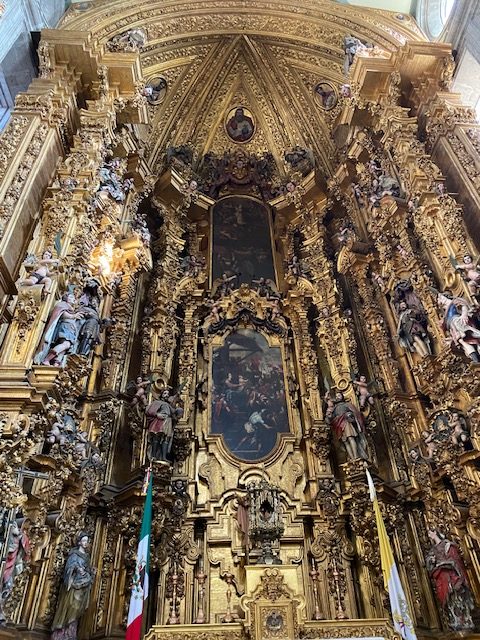
The National Palace, located on the eastern side of the Zócalo, is an imposing building that houses government offices. Diego Rivera’s famous murals depicting Mexican history is within its walls. Sadly, during this current administration, the Presidential Palace is not open to the public.

Templo Mayor is situated just northeast of the Zócalo. It’s an archaeological wonder – a significant, pre-Hispanic historical site that was once the main temple of the Aztec city of Tenochtitlan. The Spanish had built over this conquered Aztec city.
Amazingly, it was only rediscovered, by accident, in 1978 by workers of an electric company. They discovered a large stone relief depicting Coyolxāuhqui. It led to a large-scale excavation to what is now currently unearthed, cozily existing now with the Cathedral right next door.
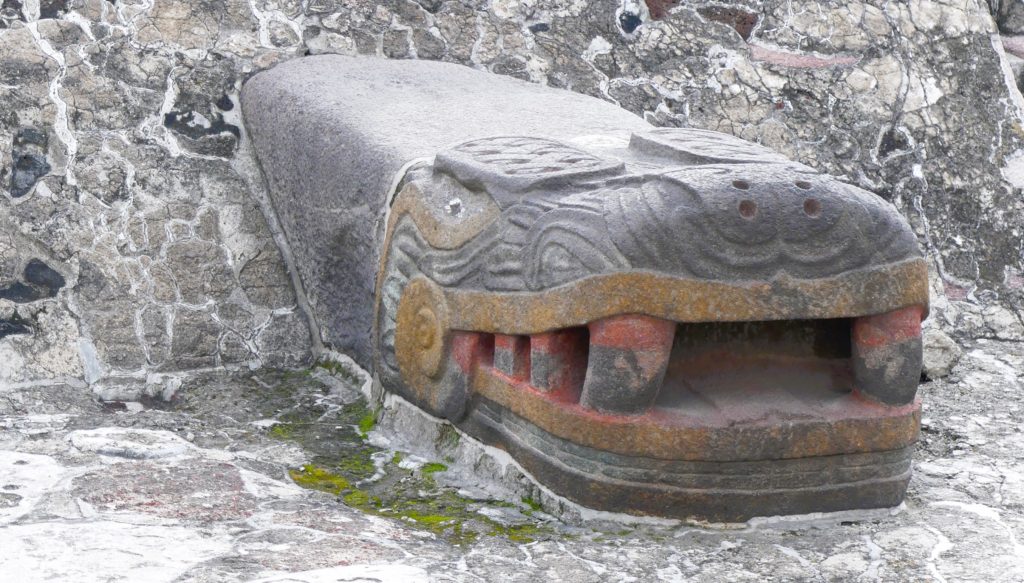

With our guided tour day winding up, we were at liberty for the evening. By pure coincidence, our friend Jayne was visiting Mexico City with her cousin and husband. We met up for a fantastic meal at Entremar restaurant in trendy Condessa. It’s another of chef Gabriela Camera’s outstanding restaurants.
Entremar, “Between the Sea,” serves up seafood with her special, defined tastes of México appearing in each dish. Our last visit we dined at her Contramar, “Against the Sea” restaurant, which has become an institution and dining destination in Mexico City.
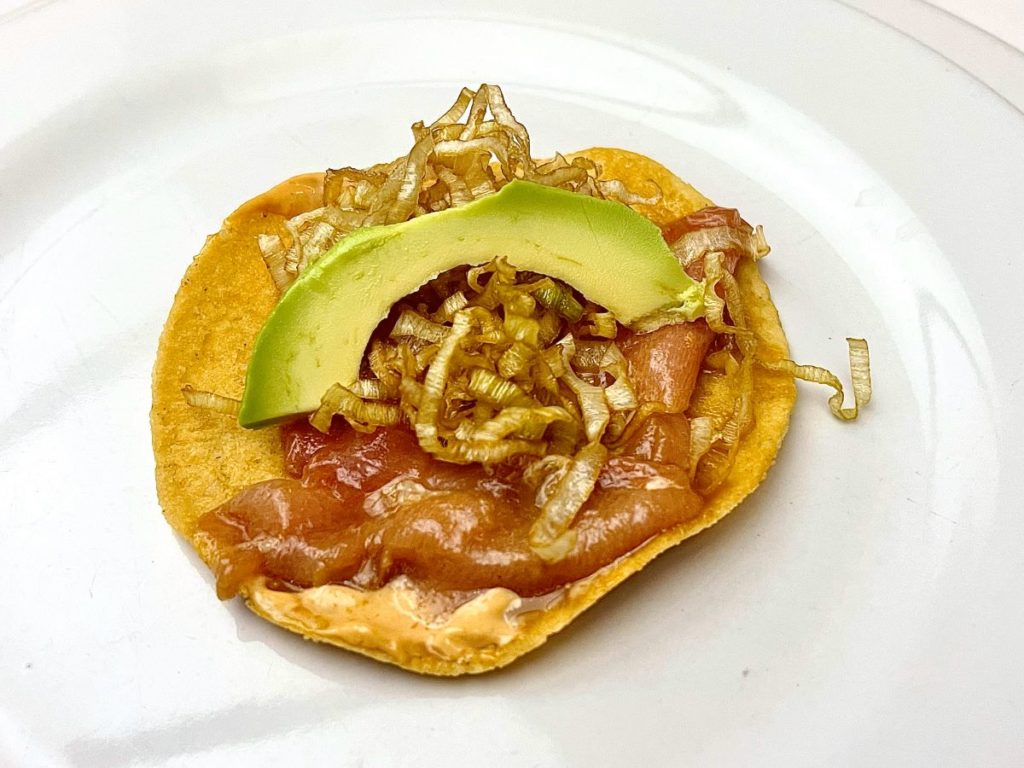
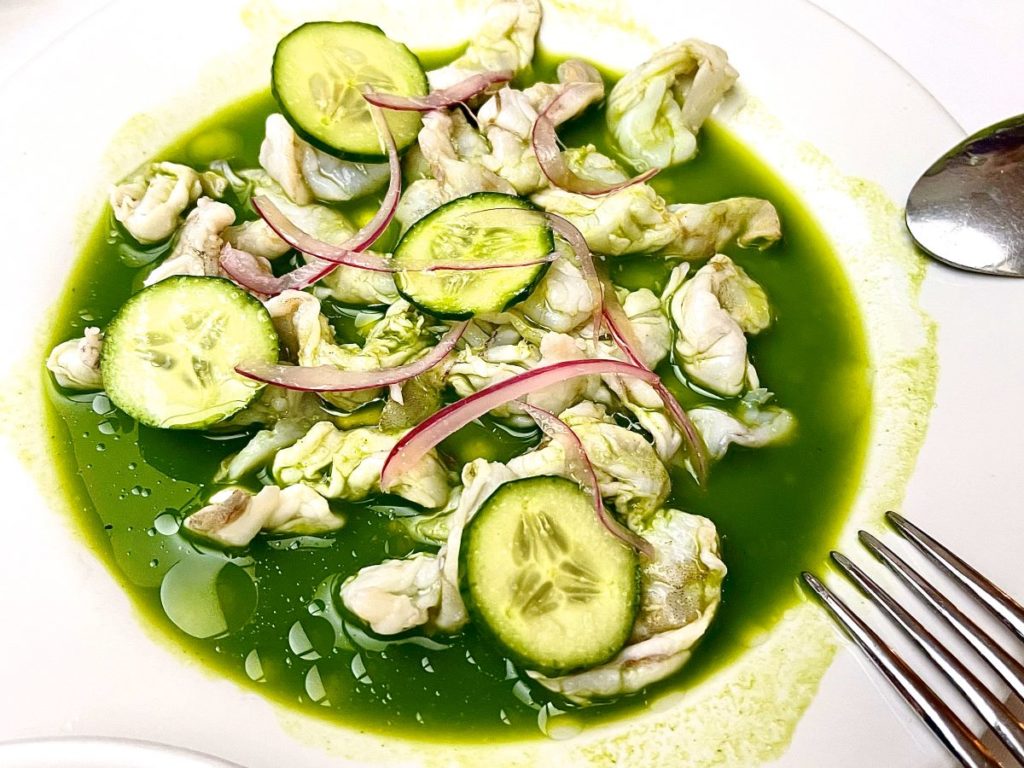
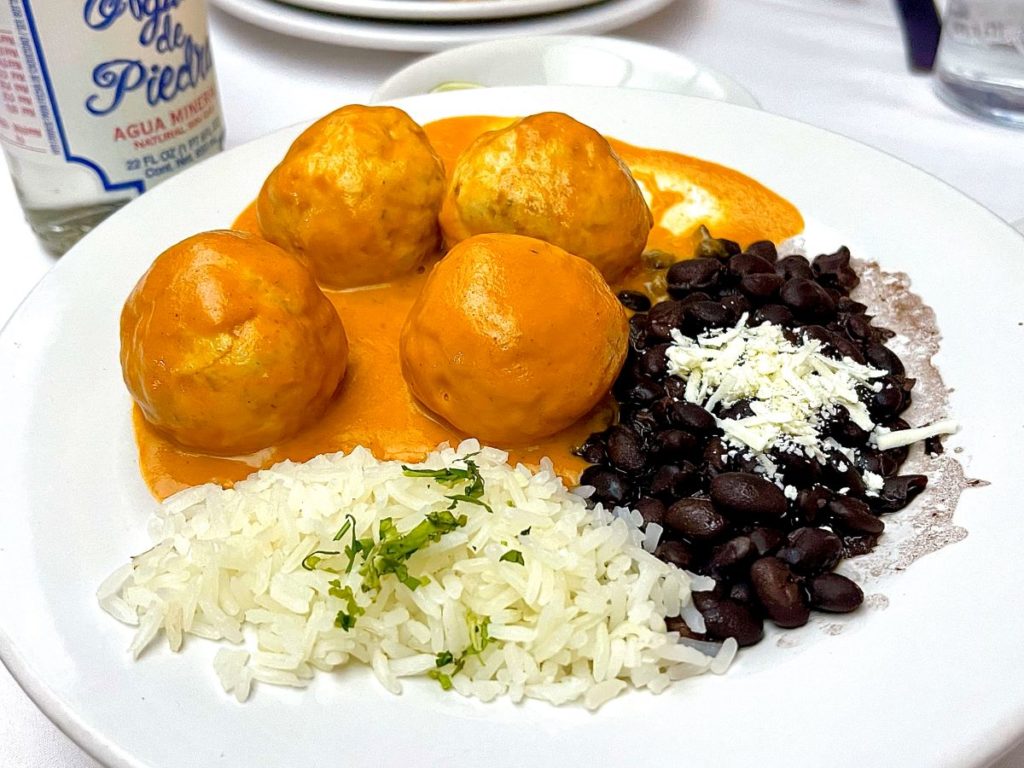
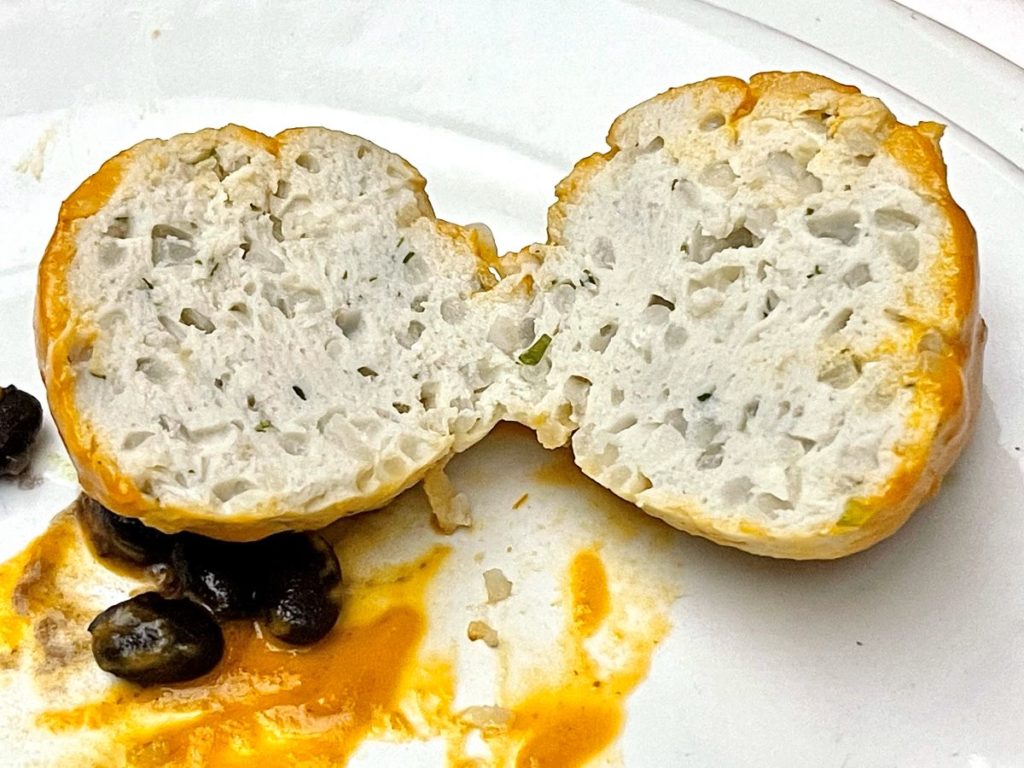
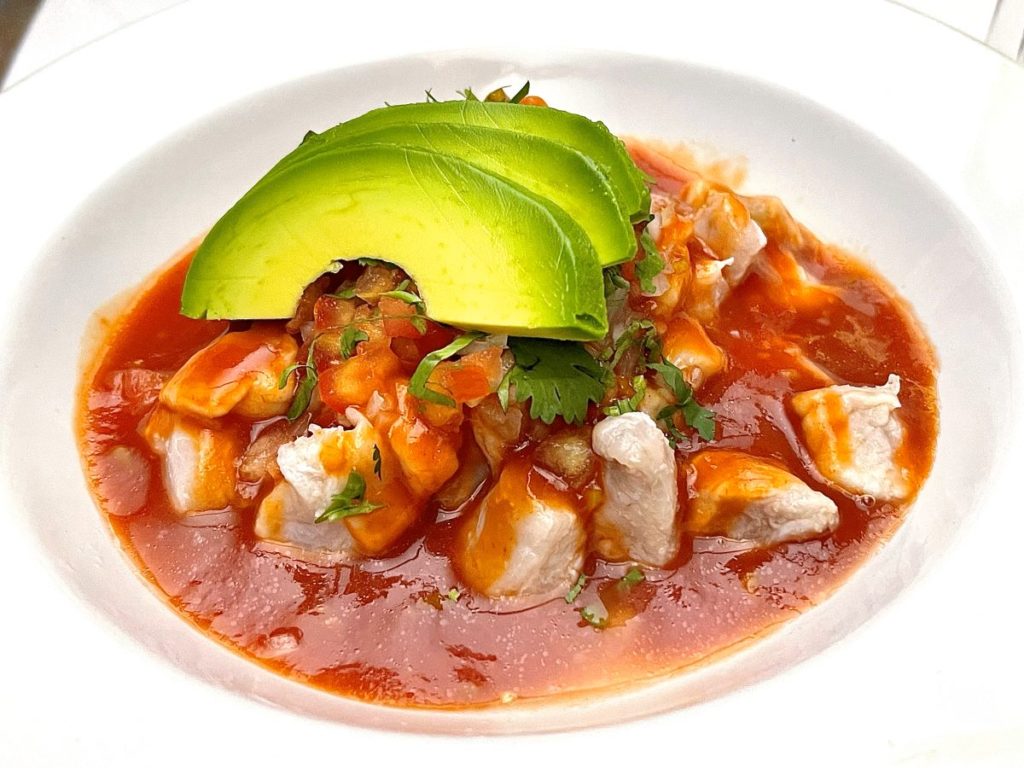

Both establishments are nothing short of a total, blissful dining experience. Her flavors dance upon your palate. A fine evening was had, ending with a signature dessert cocktail, the Jaraquillo. It’s a delicious concoction combining Mezcal, fresh-brewed Espresso, México’s famous “43” liqueur and all shaken with ice. What an ending!

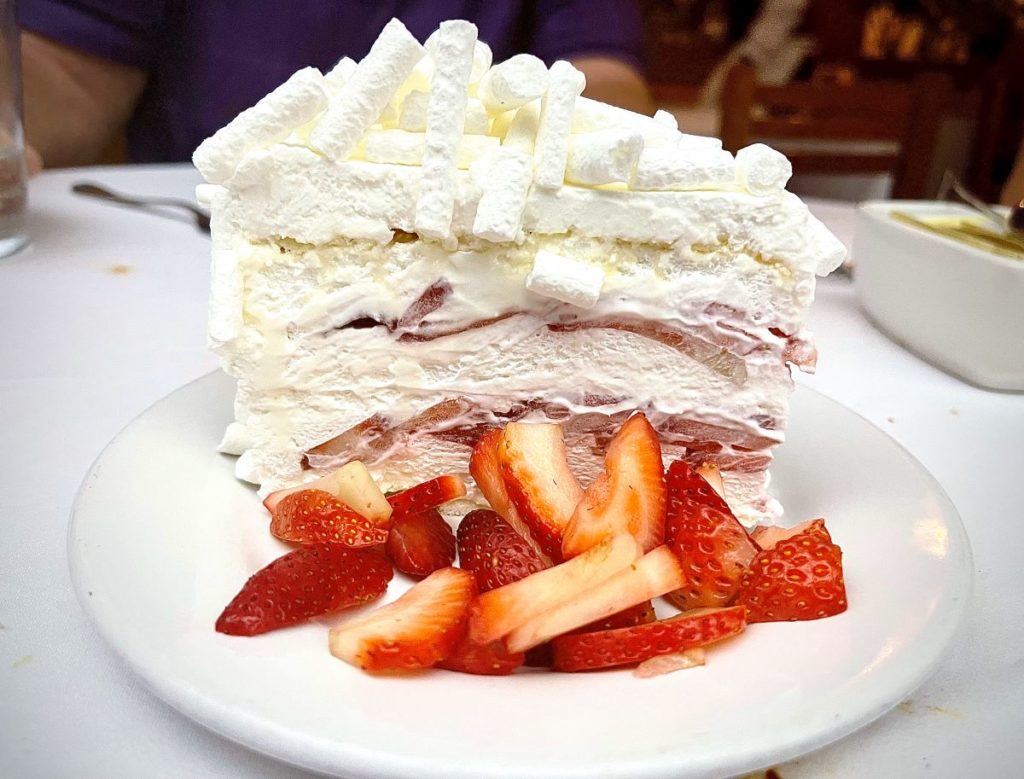
Onward to Puebla!
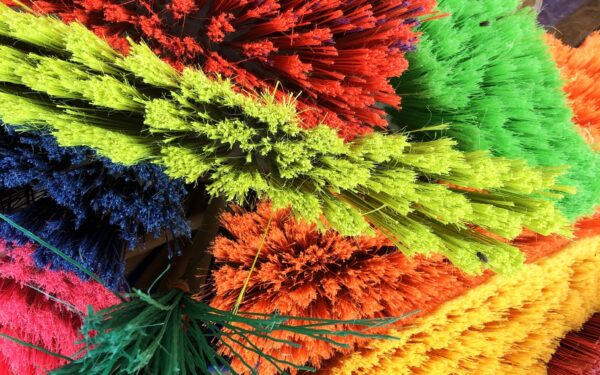

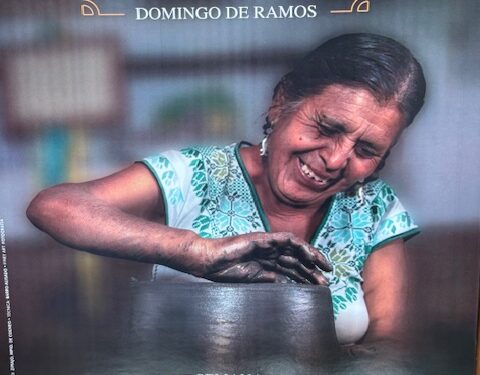

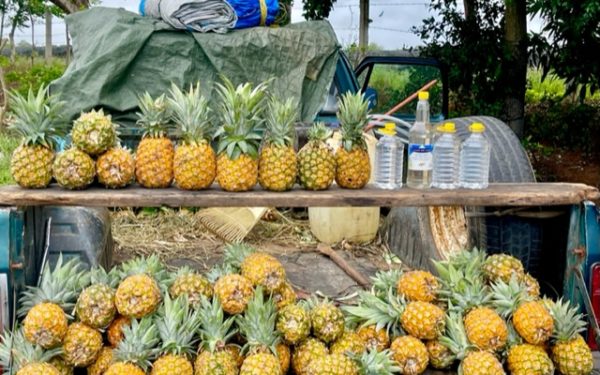
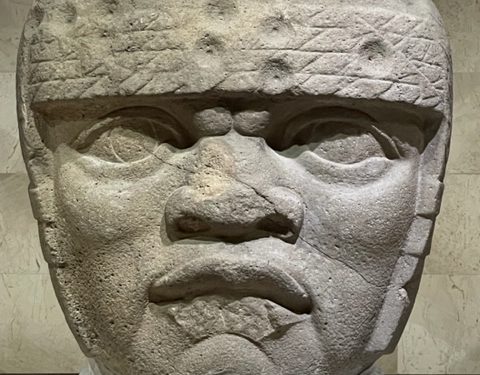
What a fabulous and comprehensive review of Mexican archaeological developments! The food looked fabulous, too! Glad that you guys can travel to such amazing places so conveniently.
Mexico City! What a joyful experience you had during Día de Los Muertos. The colors. The festivities. The food. Perfect timing. The colors, especially, came alive in this post. I miss that vibrancy. Had a marvelous time in Mexico City and beyond with Gate 1 as well. Looking forward to Puebla!
Absolutely wonderful narrative, with beautiful photos, of our Mayan and Aztec Adventure shared….you two are a delight !!!
May our roads cross once again my pretties!!! 🌵🌺💕
Fantastic pictures. What a wonderful trip. Thank you for sharing. Definitely a bucket list item to look forward to!
Thankyou so much for these educational posts about your experiences and travels through our southern neighbor. What a rich heritage they have! So glad you two can travel and experience all this first hand. Thankyou so much for sharing this experience!
IM simply amazed at the adventures you continue to have right in your own neck of the woods-
and the dia de los muertos pageantry puts the rose parade in new context- or shall i say competition
more bucket list items!
I always look forward to your adventures, colorful photos and tasty eats. Thanks for allowing us to be armchair travelers along on your journeys!